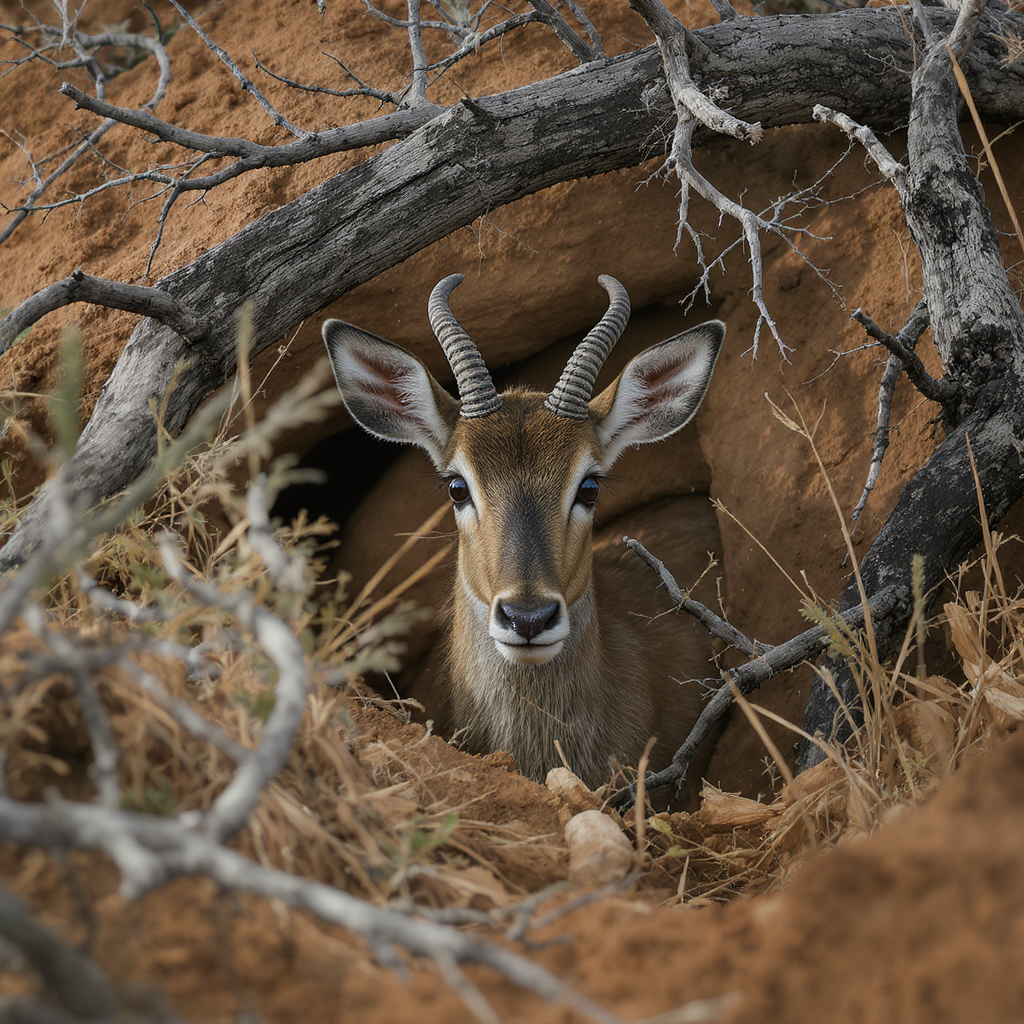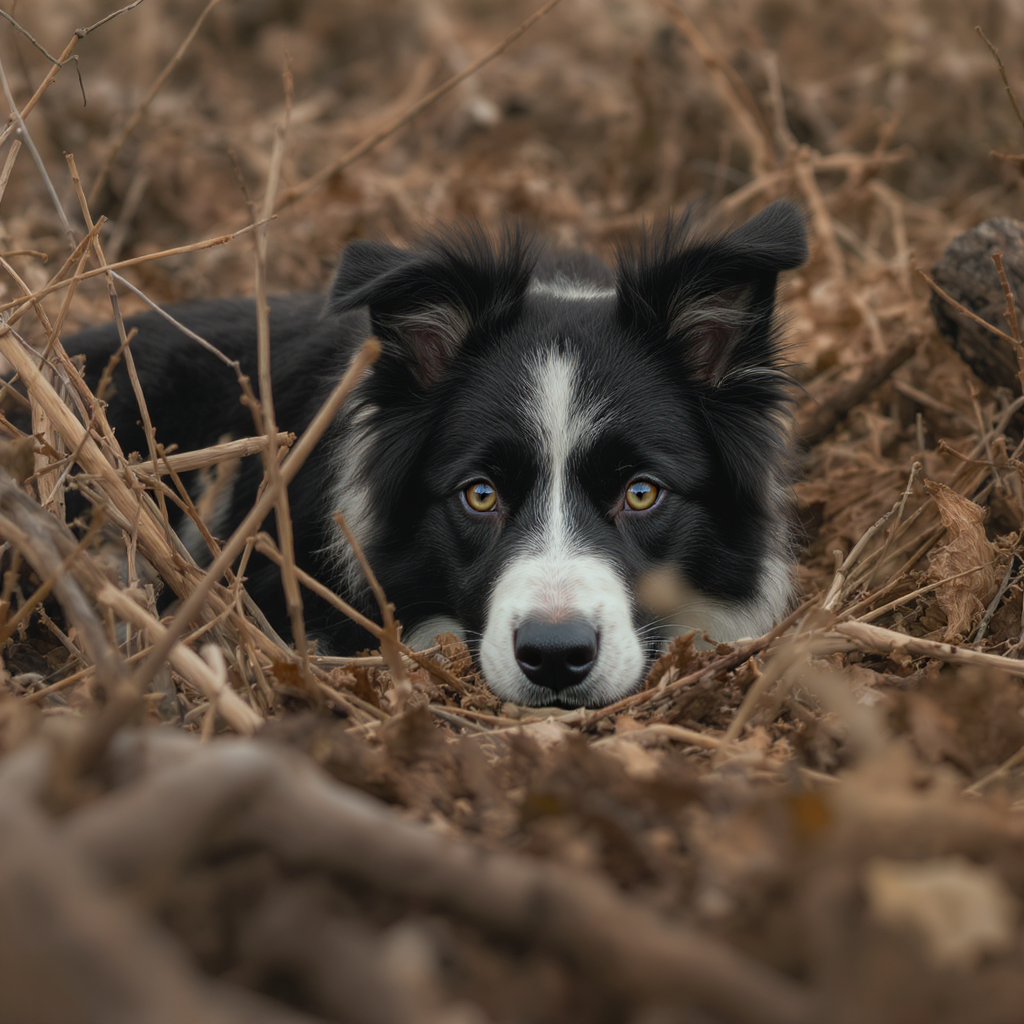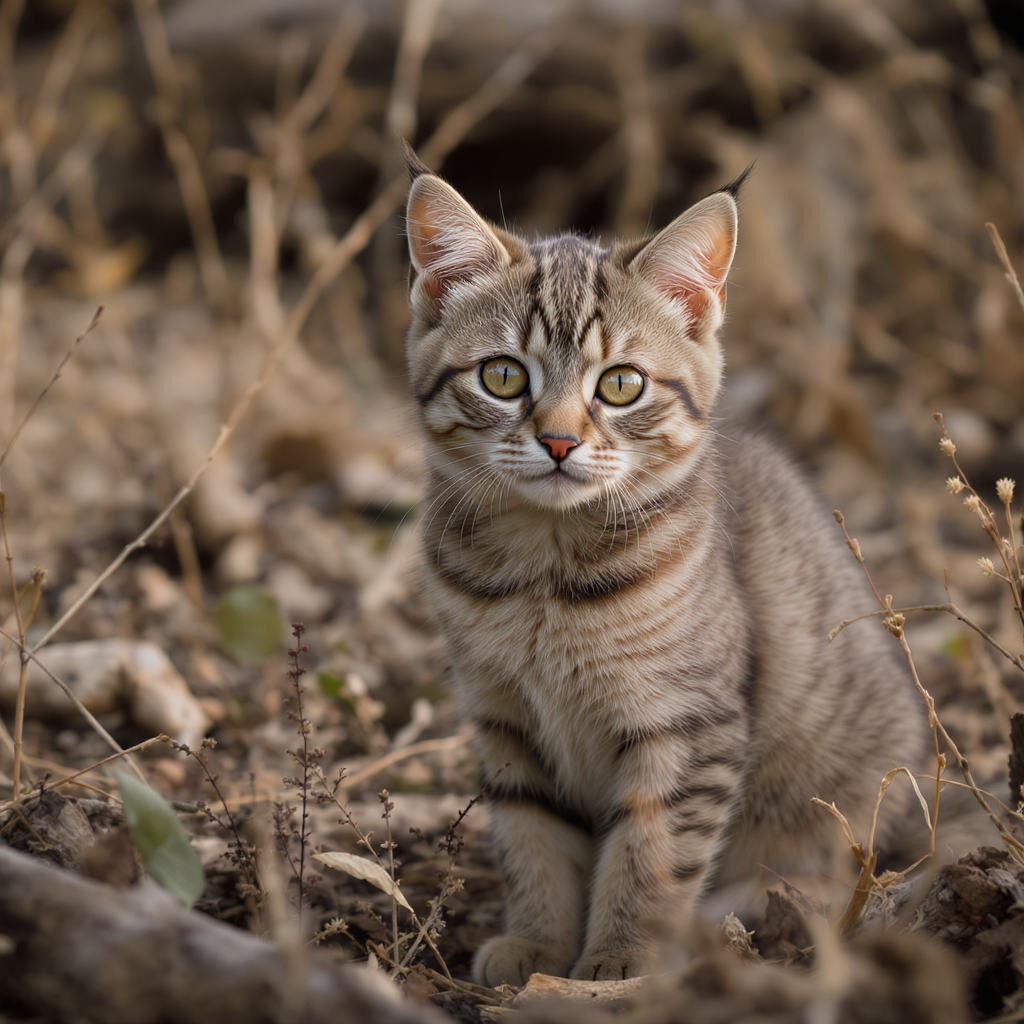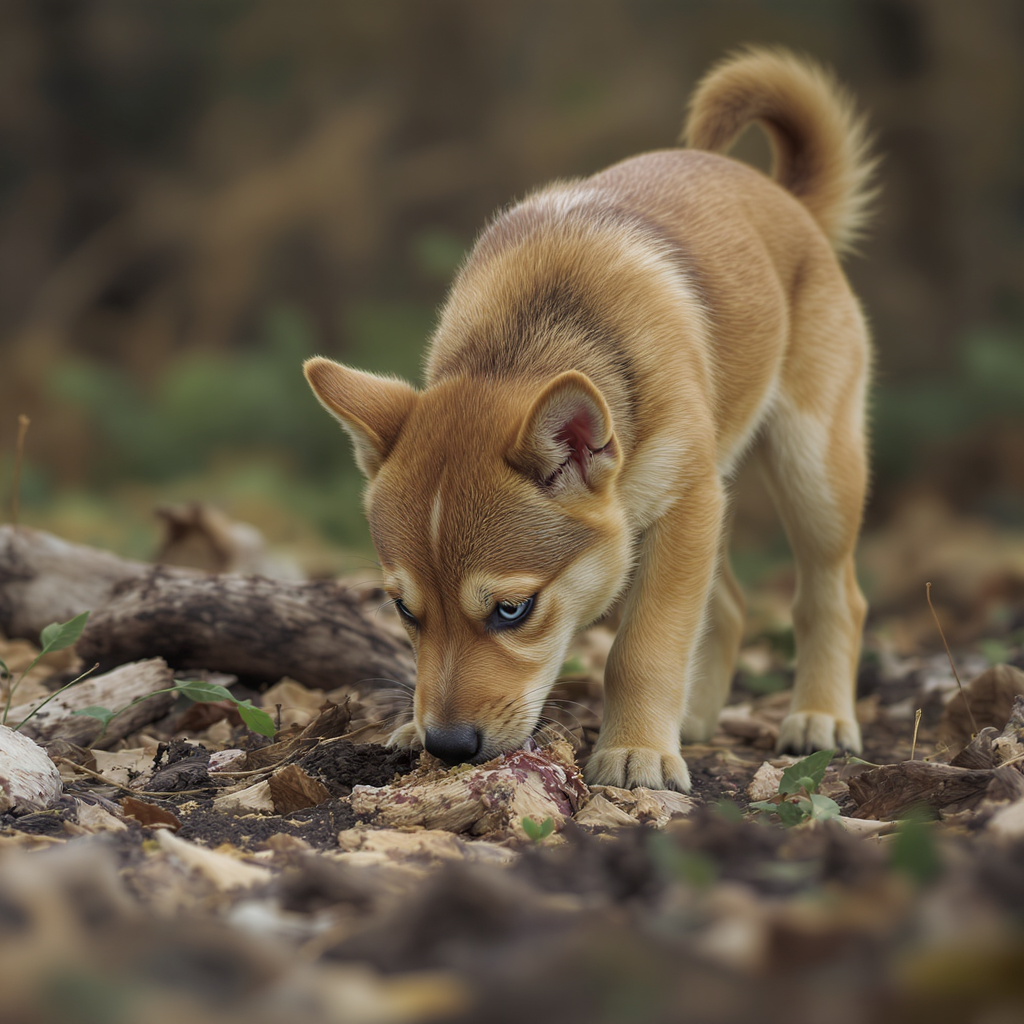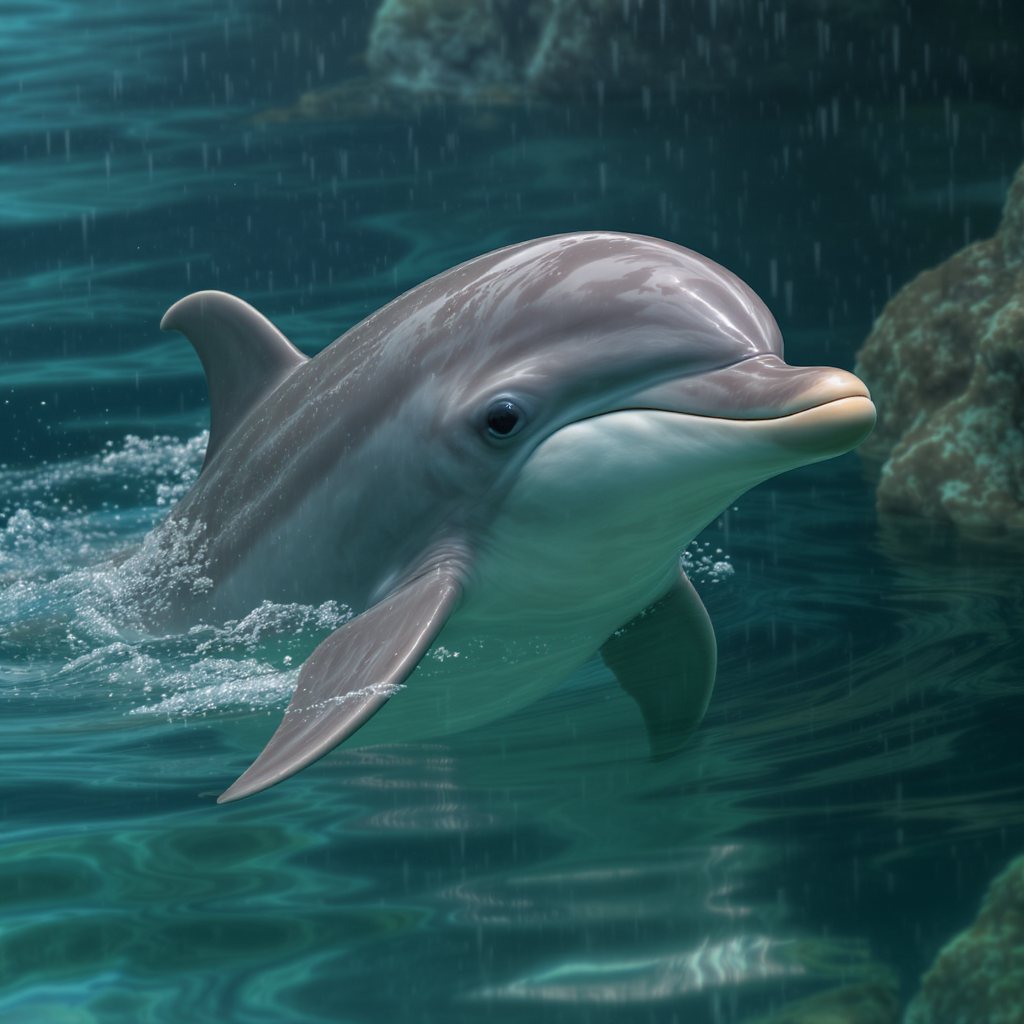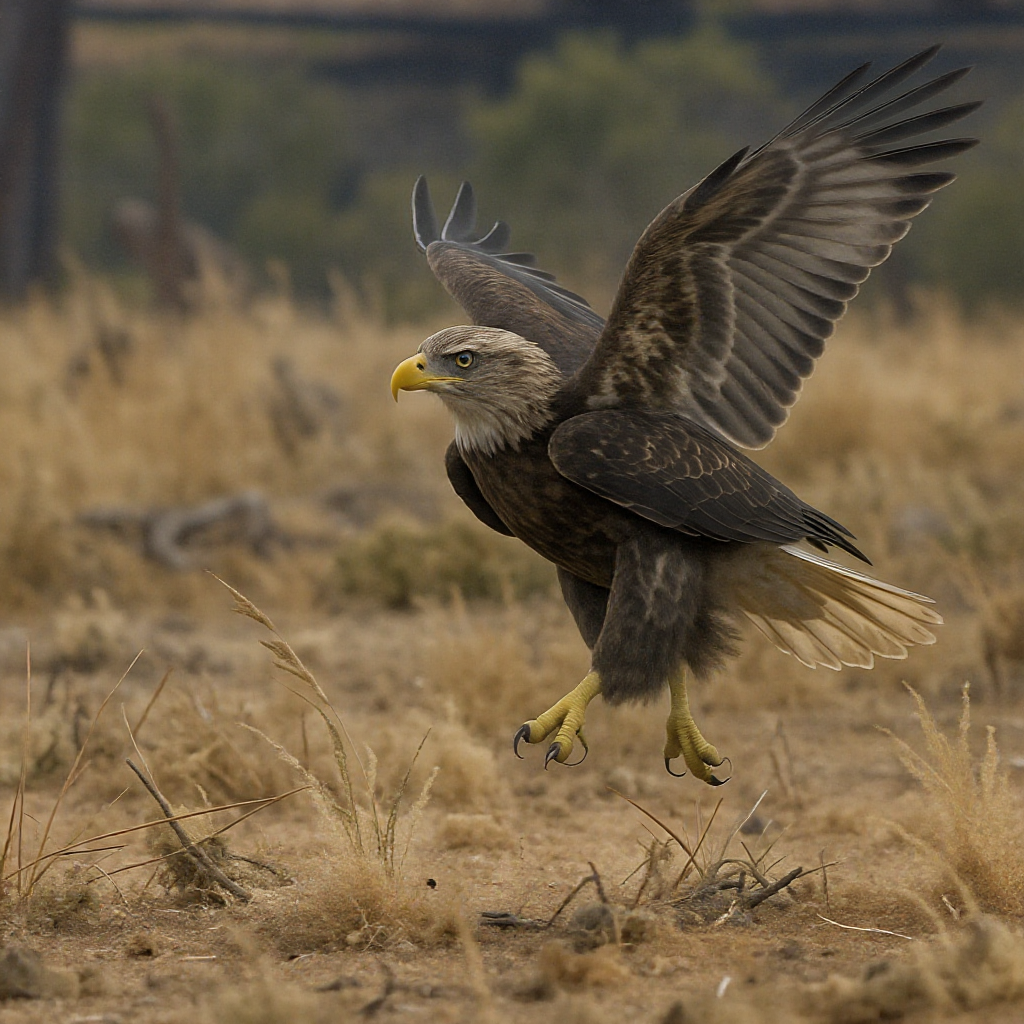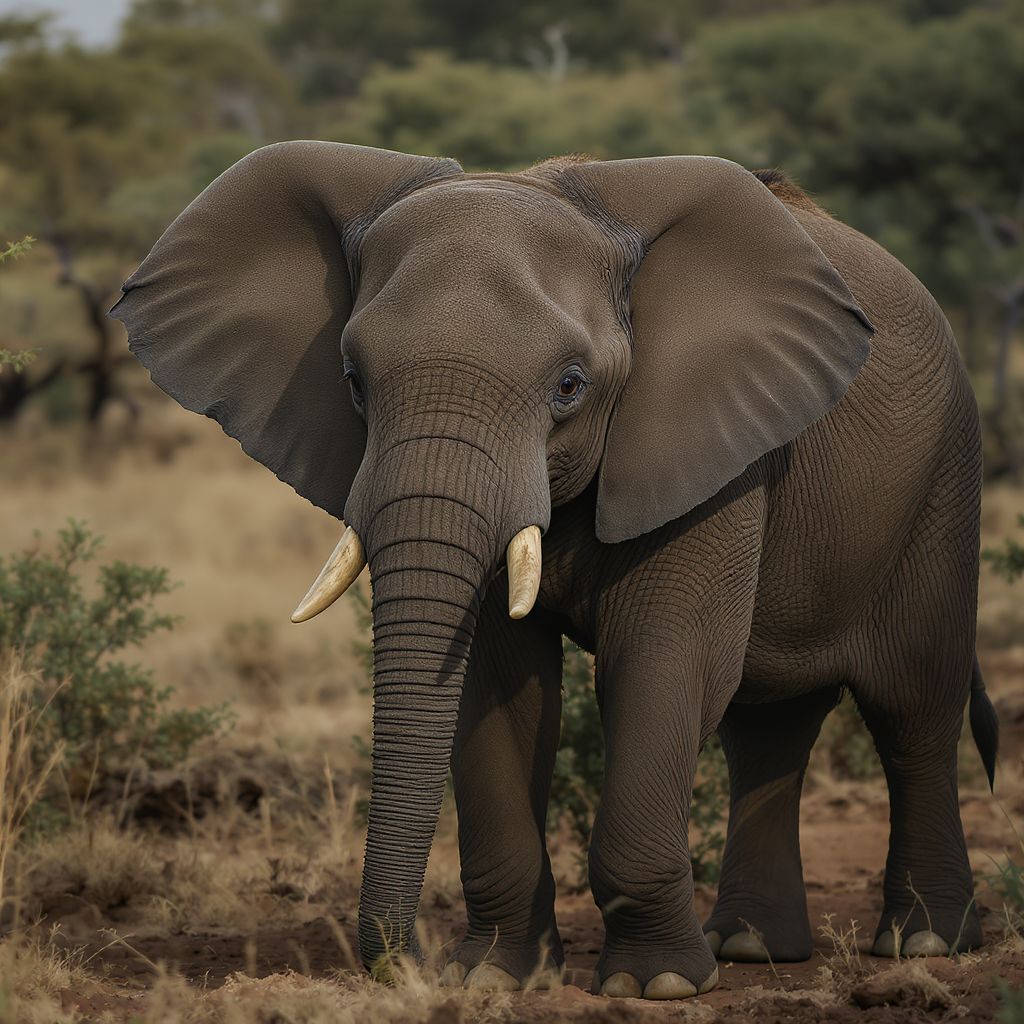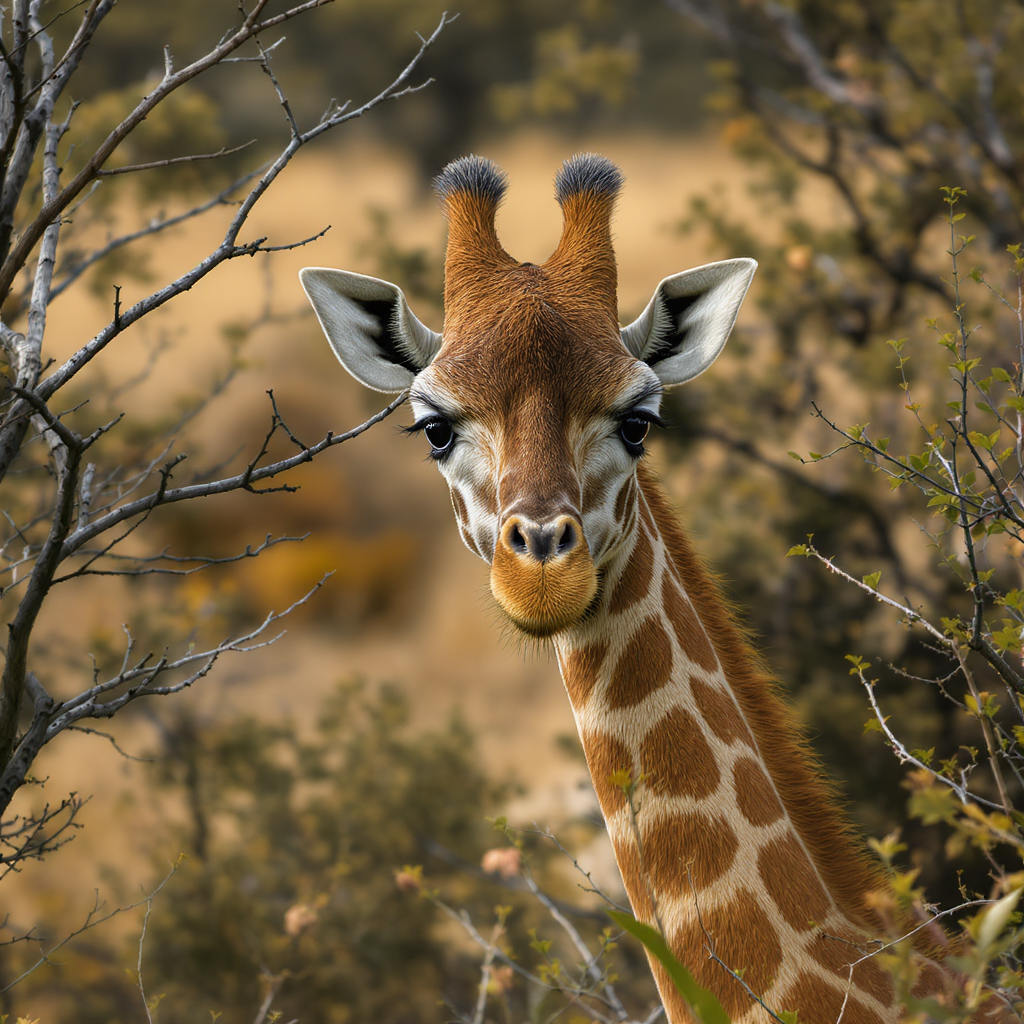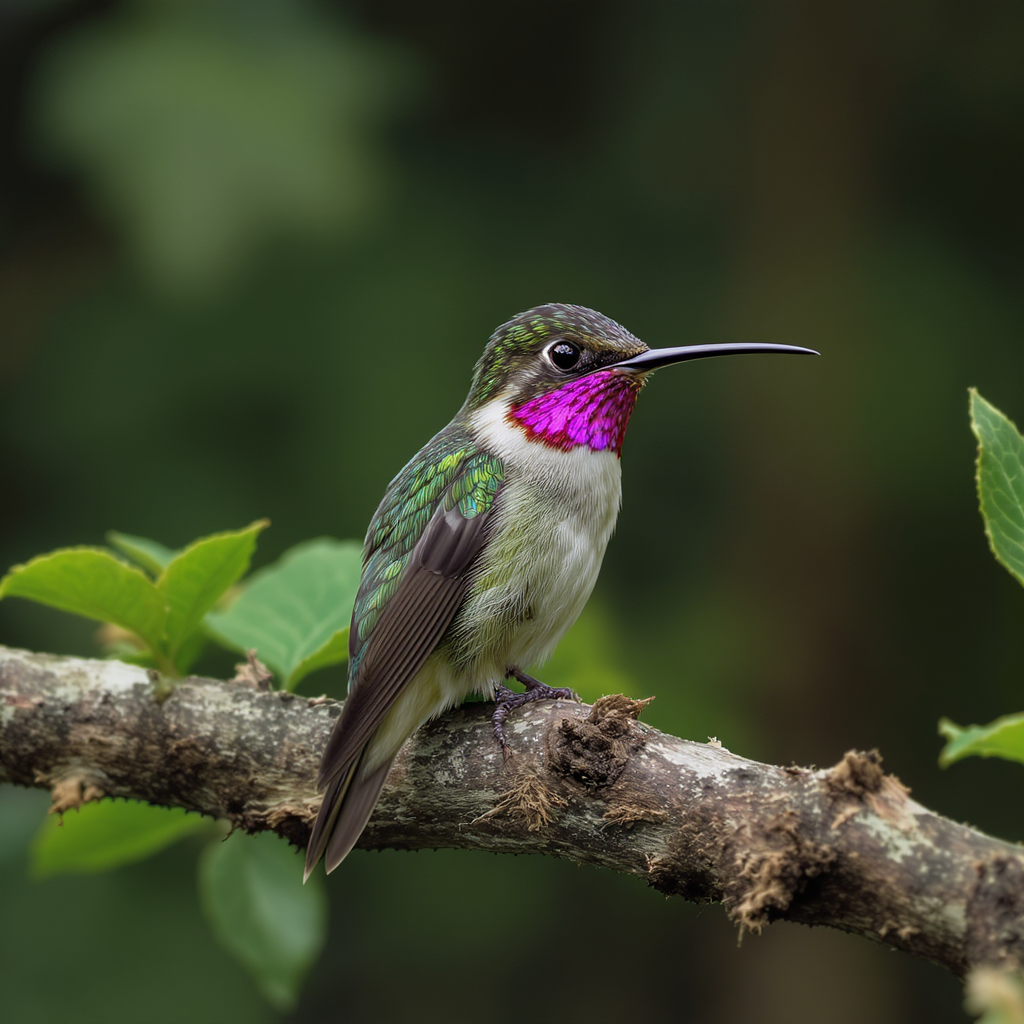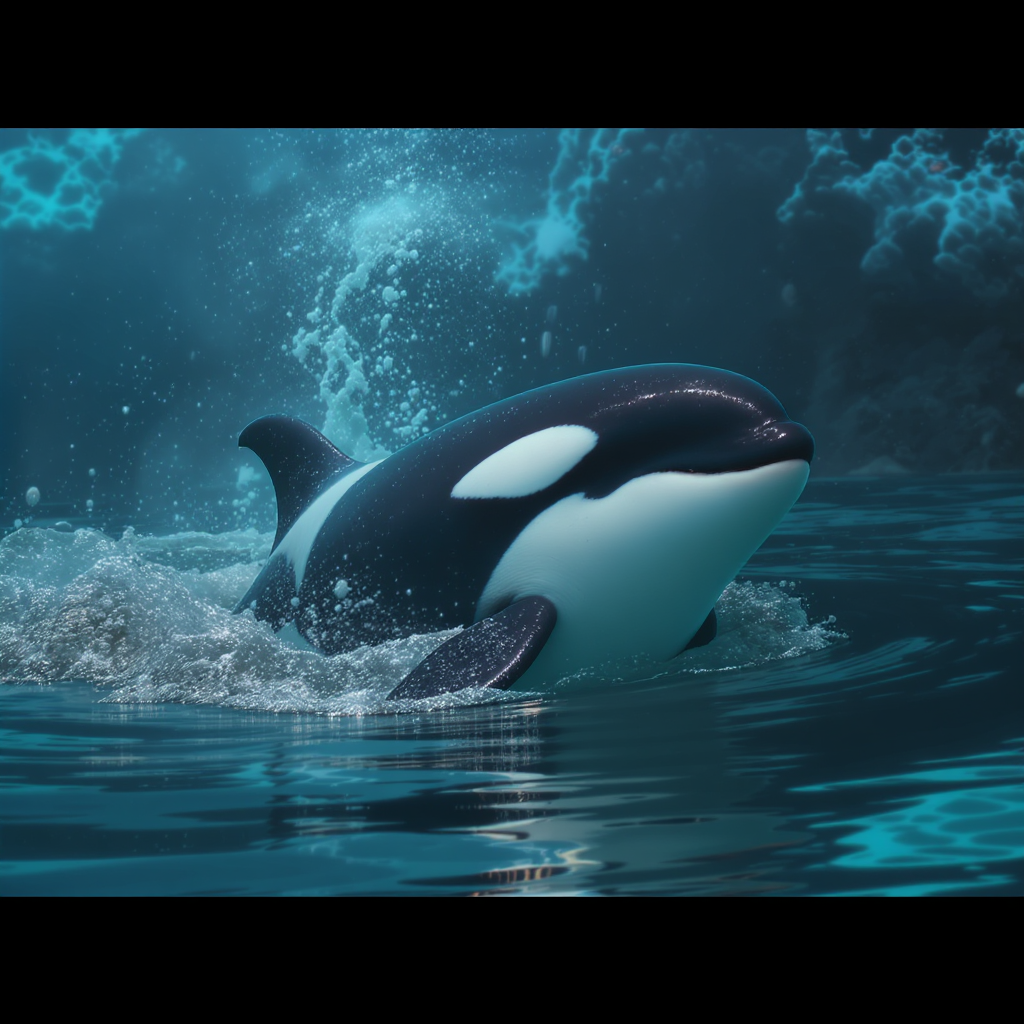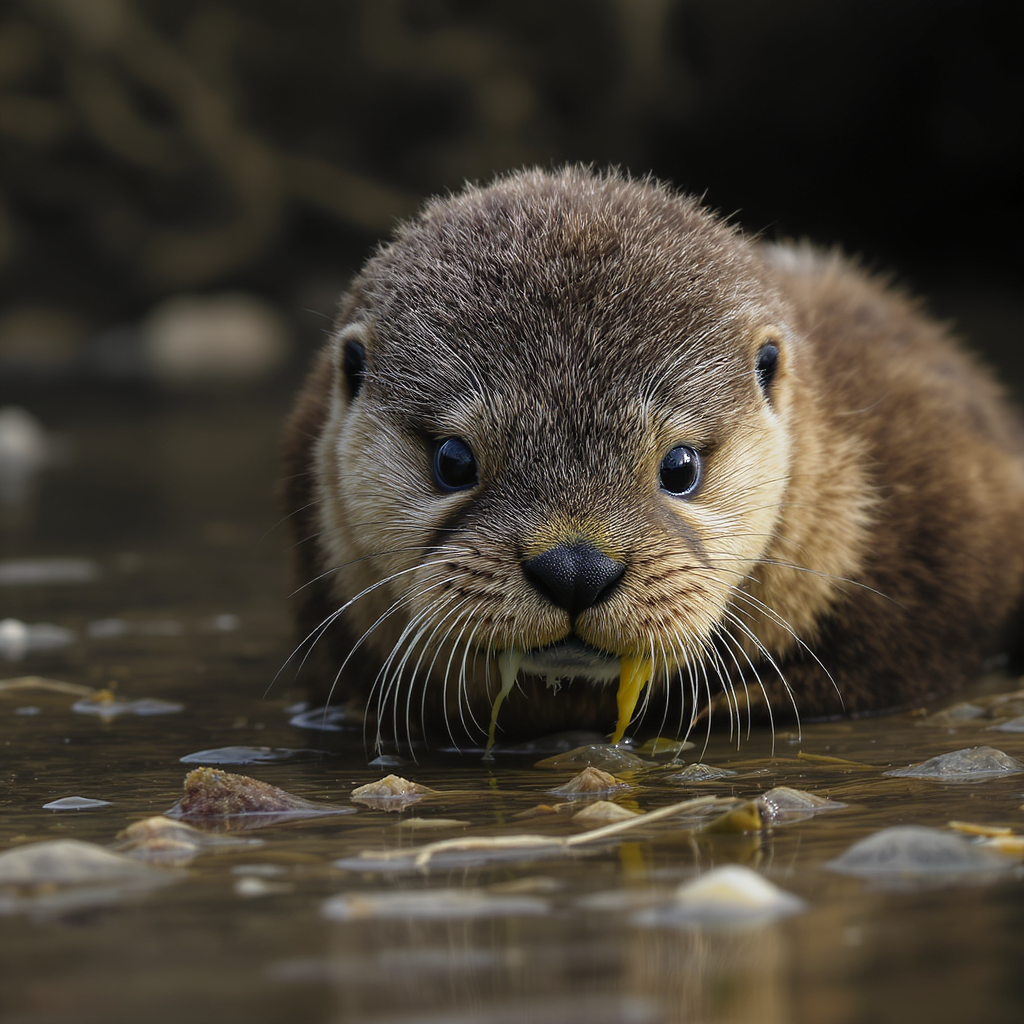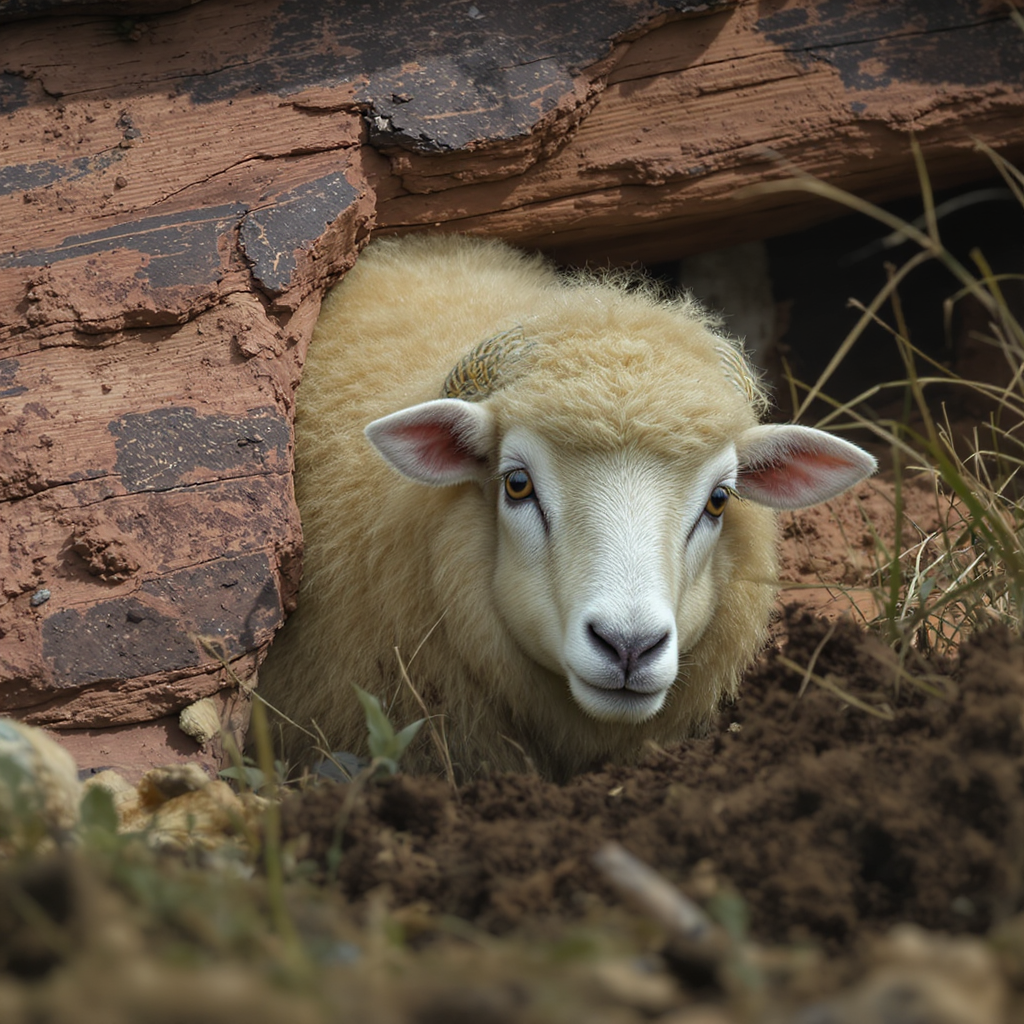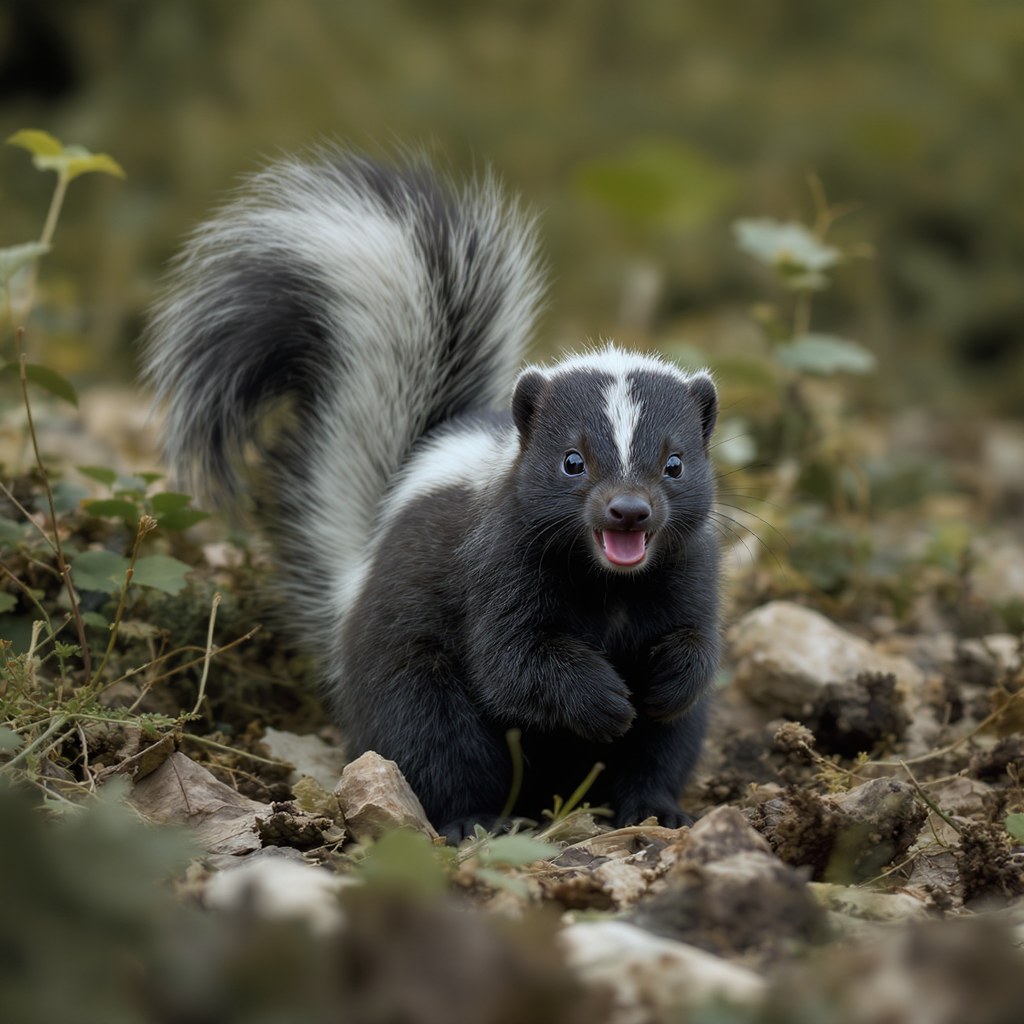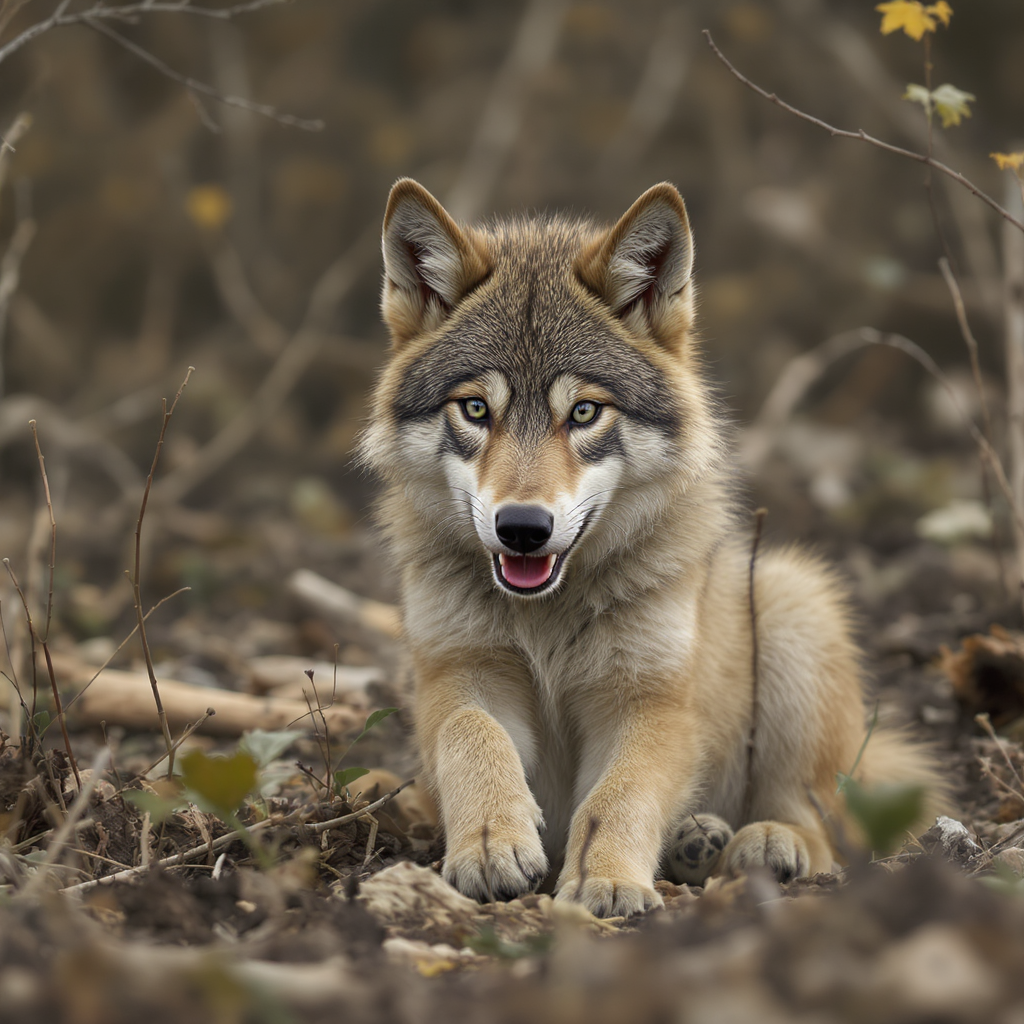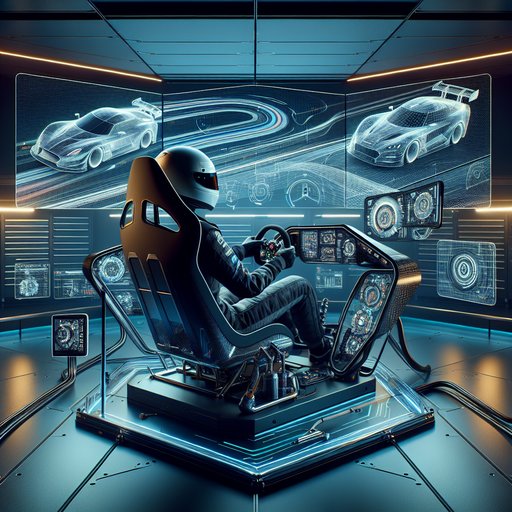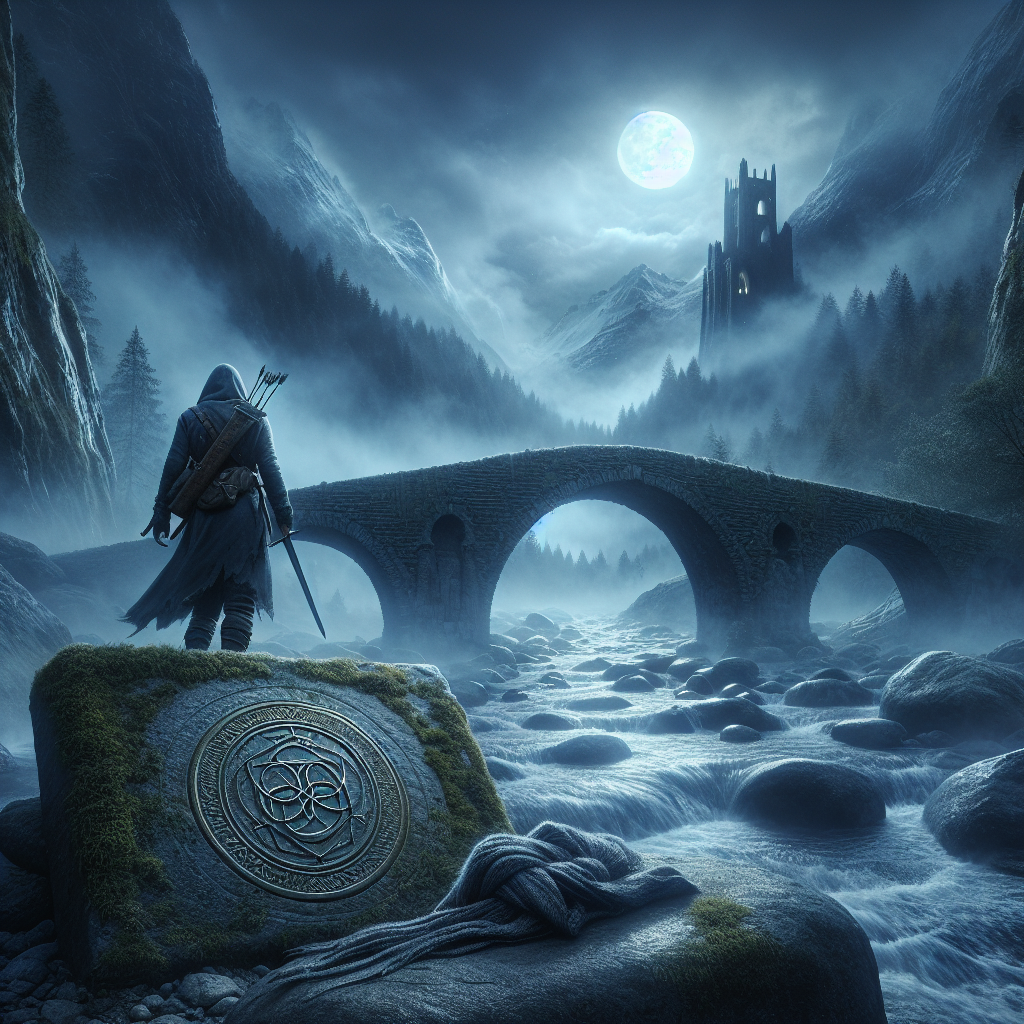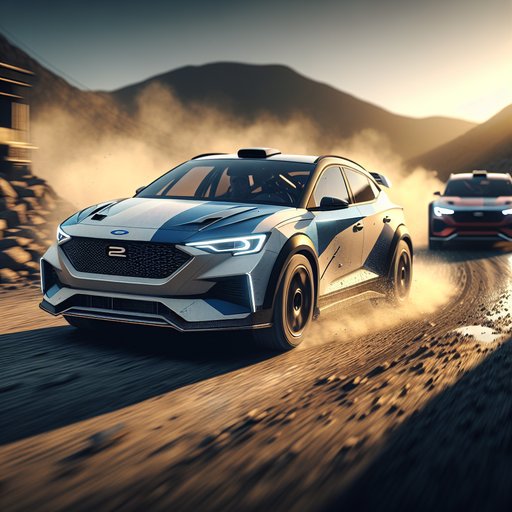
Ford reasserted its World Rally Championship presence through M-Sport, first by capitalizing on the 2017 rules reset with the Fiesta WRC and later by committing to the hybrid Rally1 era with the Puma. The program has delivered headline wins while fighting resource-rich rivals Toyota and Hyundai across changing technical landscapes.
After Ford ended full factory backing in late 2012, M-Sport kept the Blue Oval active in the WRC with the Fiesta RS WRC. The 2017 regulation overhaul—wider cars, more aero, and more power—created an opening. M-Sport’s new Fiesta WRC, powered by a 1.6‑litre turbo EcoBoost, arrived alongside Sébastien Ogier, who joined after Volkswagen’s exit and immediately elevated the program. The results were decisive: Ogier won the 2017 and 2018 drivers’ titles with M-Sport, and the team secured the 2017 manufacturers’ crown against Hyundai and the resurgent Toyota Gazoo Racing.
Those seasons re-established Ford’s competitiveness despite smaller budgets than full works outfits, proving the privateer-led structure could still win at the top level. The next reset came in 2022 with Rally1 hybrid regulations. M-Sport Ford launched the Puma Rally1 Hybrid featuring the standard 1.6‑litre turbo plus a spec 100 kW hybrid unit and ~3.9 kWh battery (Compact Dynamics/Kreisel). Regenerative braking harvests energy for short electric boosts, managed through FIA‑approved maps.
Cars run on 100% sustainable fuel, use simplified aerodynamics versus 2017–2021, and return to a mechanical sequential lever to control costs. The Puma signaled its potential immediately at Rallye Monte Carlo 2022, where Sébastien Loeb won after a close fight with Sébastien Ogier’s Toyota—making Loeb the oldest WRC event winner. Over the season, however, Toyota’s depth and reliability, anchored by Kalle Rovanperä, and Hyundai’s pace with Thierry Neuville often outgunned M-Sport across gravel and tarmac, highlighting the resource gap in testing, parts lifing, and development cadence. In 2023, Ott Tänak delivered a key victory at Rally Sweden in the Puma Rally1, underlining the car’s efficiency on fast, snow‑bound stages and M-Sport’s ability to execute.
The broader fight remained against Toyota’s Yaris GR Rally1 and Hyundai’s i20 N Rally1 Hybrid, whose factory muscle showed over long campaigns. By 2024, Adrien Fourmaux’s consistent runs and podiums demonstrated steady gains, with the Puma’s hybrid deployment and traction strengths translating well on snow and medium‑speed gravel. Ford’s modern WRC return—first through 2017’s title‑winning surge and then with Rally1 hybrid—has preserved manufacturer diversity and technical relevance in the championship. M-Sport’s agile engineering keeps Ford in the conversation, while battles with Toyota and Hyundai benchmark progress.
The program sustains a vital pathway for drivers and technology transfer, ensuring Ford remains a credible, visible force in rallying’s top tier.
